Unleashing the Power of Storytelling Through Photography
Story telling through photography is a powerful and captivating way to communicate ideas, emotions, and narratives. By carefully composing and capturing moments, photographers can create visual stories that resonate with viewers. In this guide, we’ll explore how to tell a story through photography, focusing on key elements and techniques that can help convey a narrative effectively.
Conceptualize your story
Begin by brainstorming and conceptualizing the story you want to tell. Consider the central theme, message, or emotion you wish to convey. Develop a clear vision of what you want to communicate and what story you want to unfold through your images. This will serve as your guiding principle throughout the process.

Choose your subject and characters
Select a subject or central theme for your story. It could be a person, a place, or an event. Think about the characters involved and how they fit into your narrative. Characters can be people, animals, objects, or even landscapes that help convey the story’s essence.

Plan your shots
Storytelling in photography requires careful planning and consideration. Create a shot list or storyboard to outline the specific moments or scenes you want to capture. Think about the sequence of images and how they will unfold to create a cohesive narrative. Pay attention to composition, lighting, and other technical aspects to enhance the visual impact.

Set the scene
The environment and setting play a vital role in storytelling photography. Choose locations, props, and backgrounds that complement your narrative. In crafting a compelling story, it is crucial to ensure that every element within the frame plays a significant role in conveying the intended mood and message. Consider the emotional impact of colors, textures, and other visual elements.
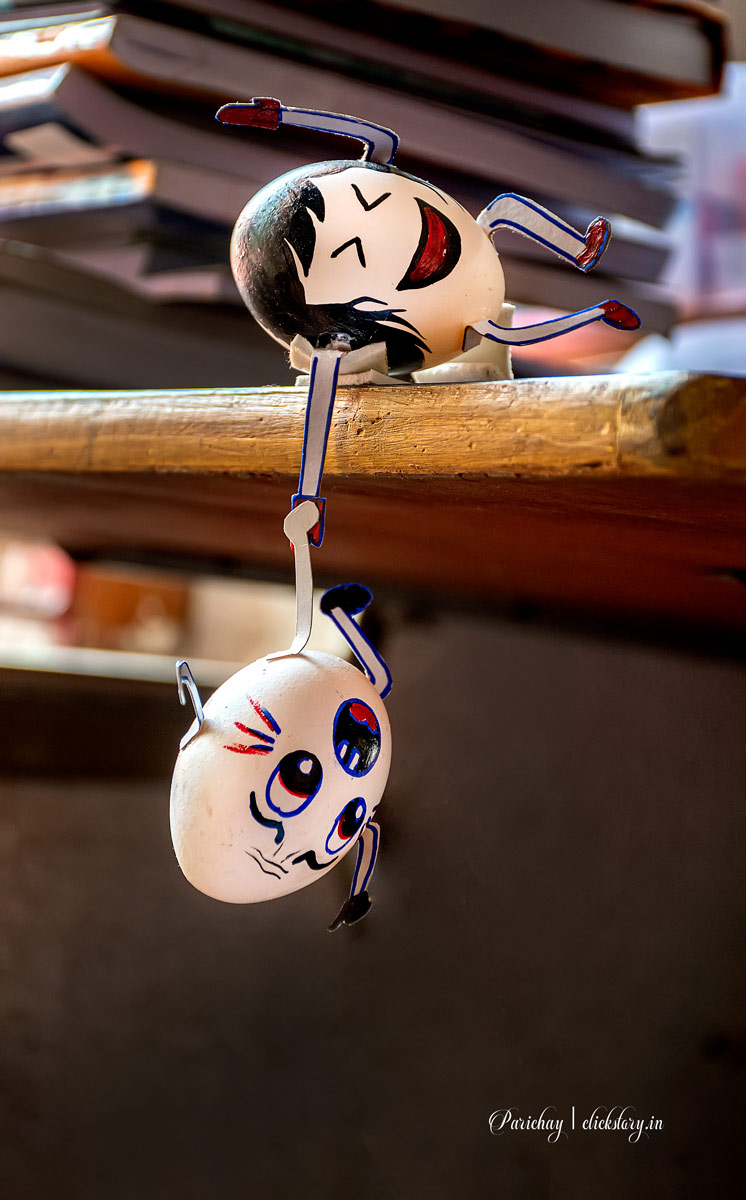
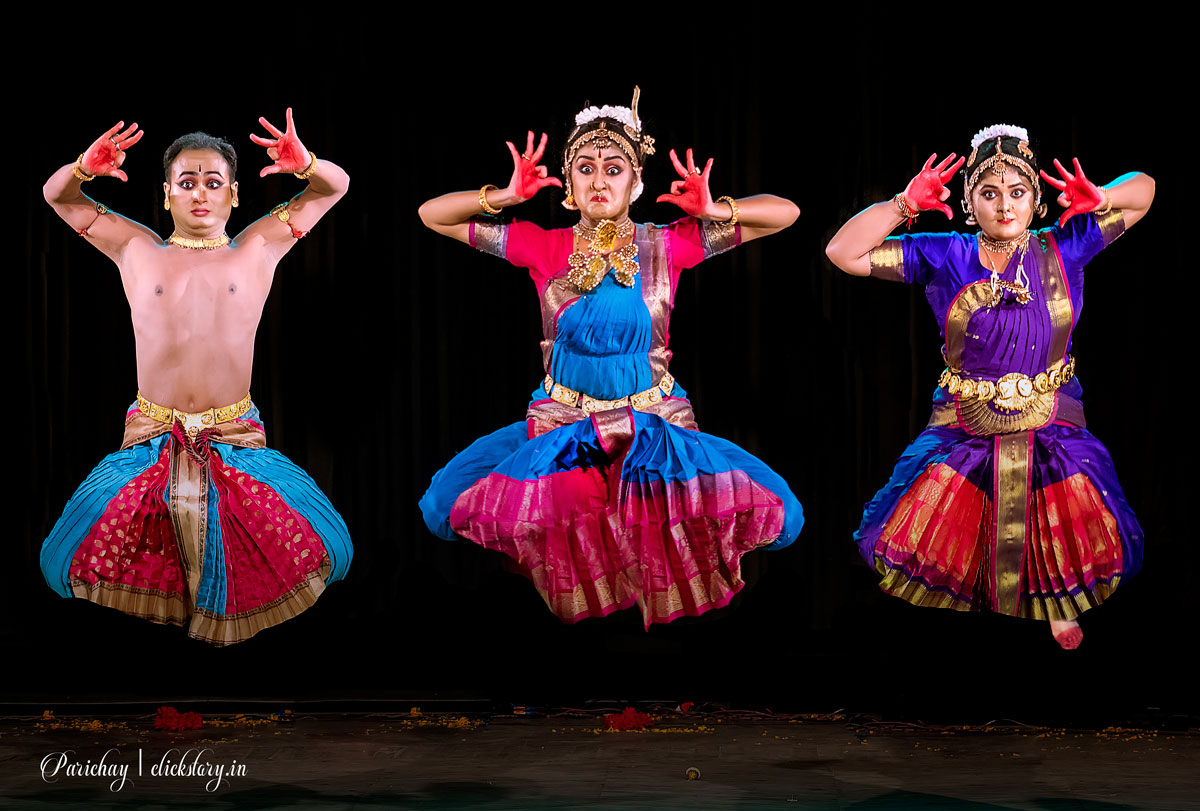
Capture decisive moments
Look for decisive moments that encapsulate the essence of your story. These moments are the epitome of perfect alignment, effectively conveying specific emotions or actions. Be patient, observant, and ready to capture these fleeting moments as they happen. Sometimes, anticipation and timing are crucial to capturing the most powerful shots.

Use composition techniques
Composition is a fundamental aspect of visual storytelling. Utilize composition techniques like the rule of thirds, leading lines, framing, and symmetry to guide the viewer’s attention and enhance the narrative. Experiment with different angles, perspectives, and depths to create unique and engaging images.

Play with light and shadows
Light and shadows can evoke strong emotions and enhance the atmosphere of your story. Consider the quality and direction of light in your scenes. Experiment with natural light, artificial light, and the interplay of light and shadow to create dramatic effects or evoke specific moods.
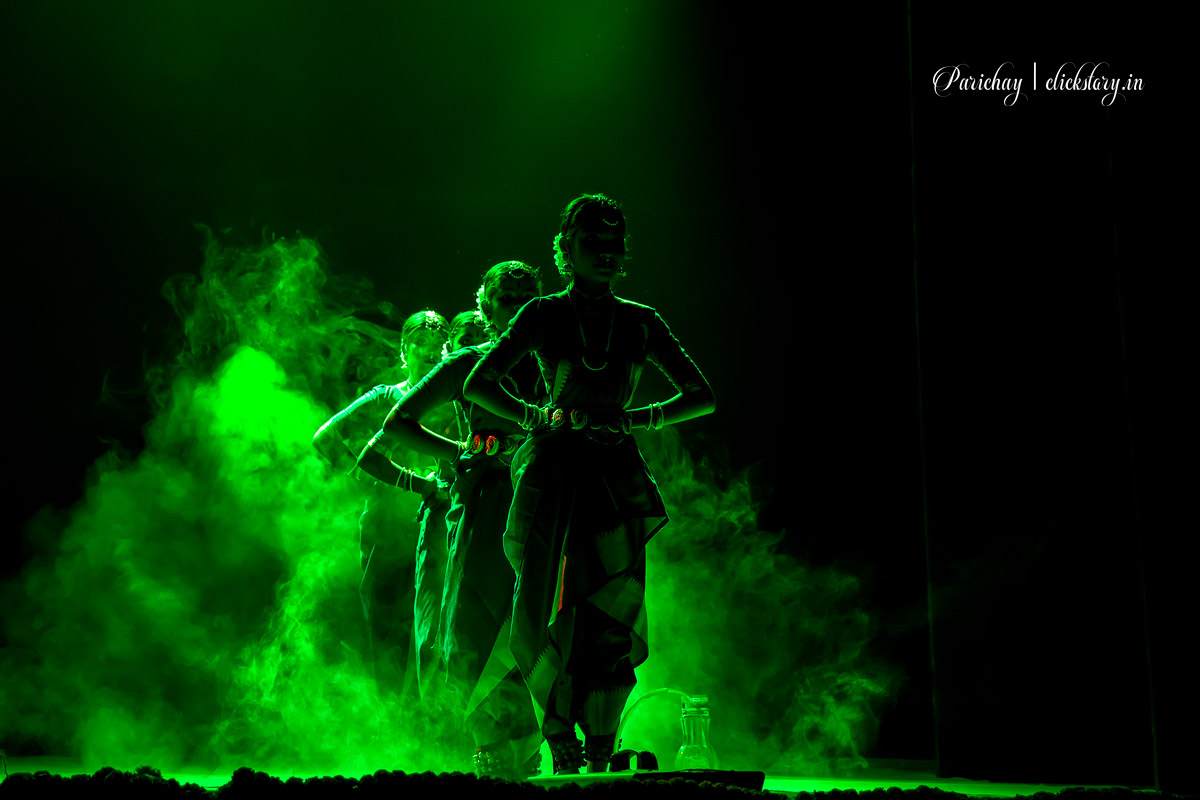
Include details and context
Pay attention to the details that contribute to the narrative. Include contextual elements that provide background information or enhance the viewer’s understanding of the story. Close-up shots of objects, textures, or facial expressions can add depth and emotion to your visual storytelling.

Create a visual rhythm
Just like in written or oral storytelling, visual stories benefit from rhythm and pacing. Vary your shots by including wide-angle shots for context, medium shots for action or interaction, and close-ups for detail or emotional impact. This dynamic sequencing helps create a visually engaging narrative.
Edit and curate
After capturing your images, carefully select the best shots that align with your vision and story. Post-process your images, if desired, to enhance their impact. Consider the order in which you present the images to create a compelling visual flow. By experimenting with different arrangements and comparing them, you can effectively convey your story.
The art of storytelling through photography possesses incredible power and potential. It is a medium that transcends language and cultural barriers, allowing us to communicate and connect on a deeply human level. Through carefully composed images, photographers have the ability to evoke emotions, provoke thought, and inspire action.



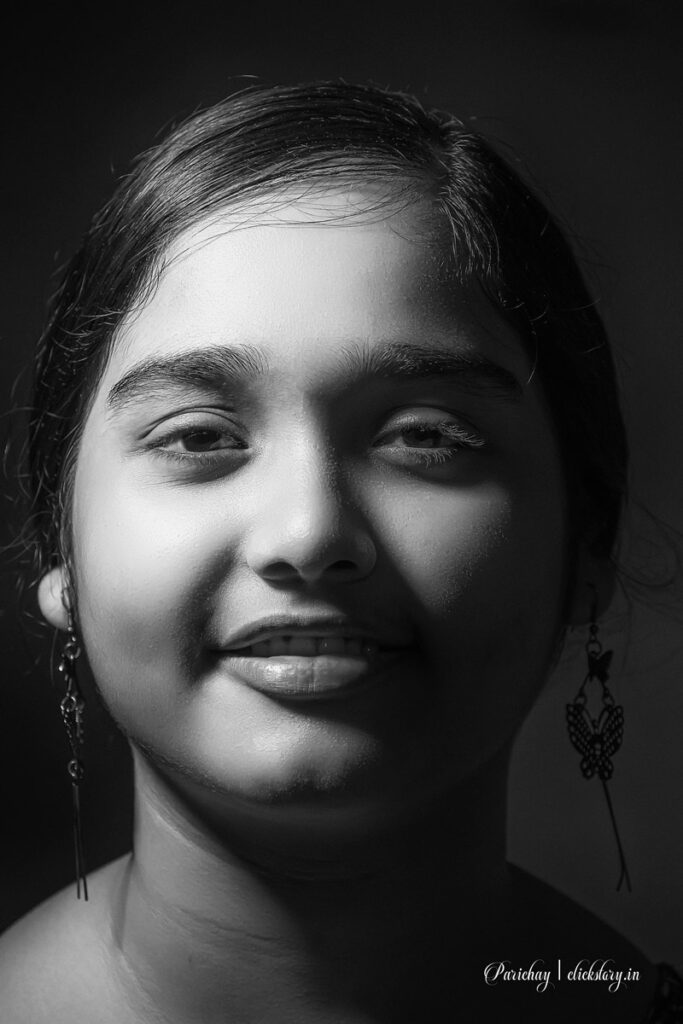
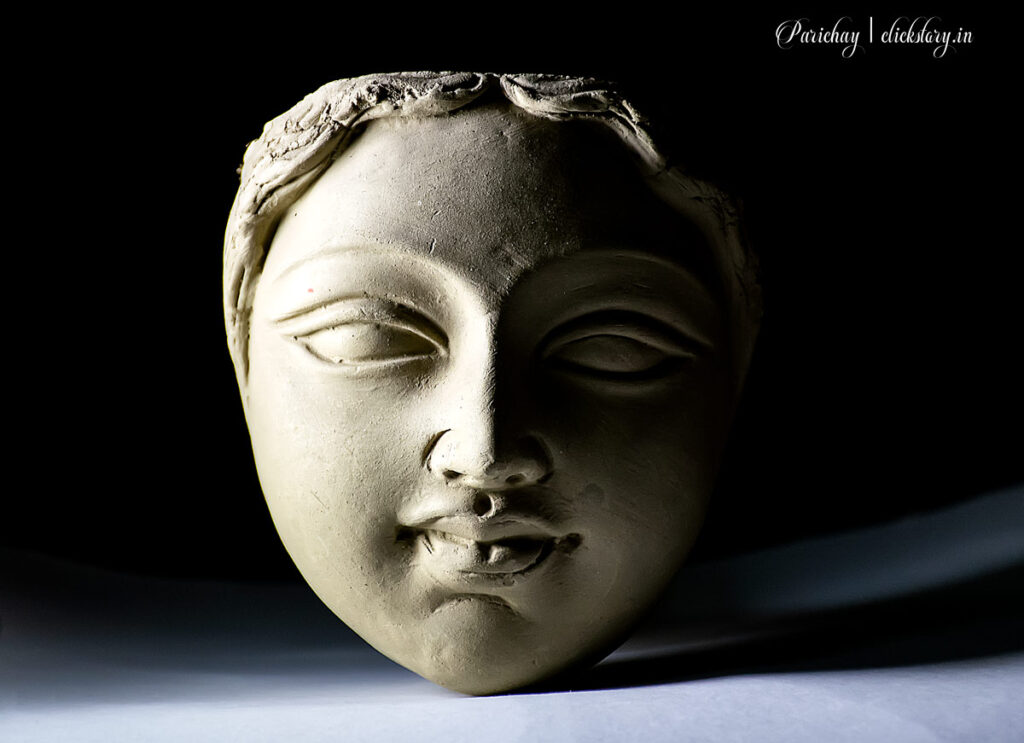
Wow lovely article.
Agreed
Yes I do agree that story should be always there in every click.